In celebration of the 20th anniversary of the first confirmed planet around a sun-like star, more than 60 leaders in the field of exoplanet observations chose their favorites among the nearly 2,000 known exoplanets. Some of the exoplanets are rocky, some are gaseous, and some are very, very odd. But there’s one thing each one of these strange new worlds has in common: All have advanced scientific understanding of our place in the cosmos.
Check out the astronomers’ top 20 list of exoplanets below, along with artists’ concepts depicting what they might look like.
1. Kepler-16b
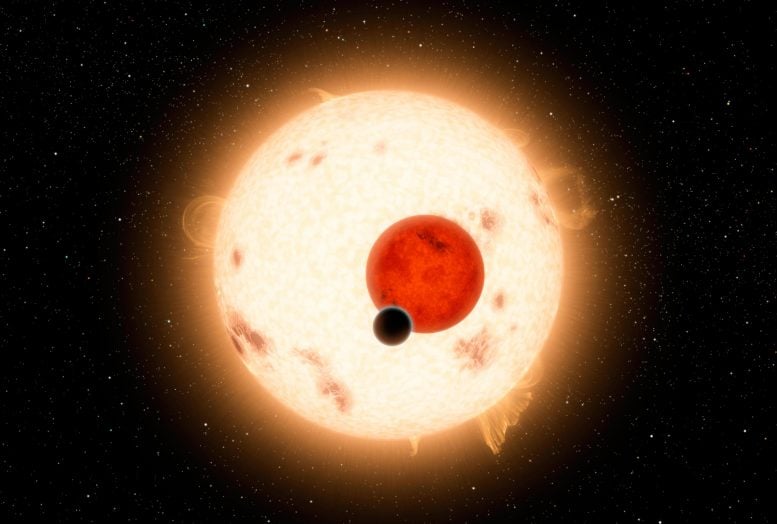
In 2011, NASA’s Kepler mission discovered a planet called Kepler-16b where two suns set over the horizon instead of just one. It is informally called a “Tatooine-like” planet because Tatooine is the name of Luke Skywalker’s home world in the science fiction movie Star Wars. But unlike in the film, Kepler-16b is not thought to be habitable. This is an illustration of Kepler-16b (shown in black) and its host stars. Credit: NASA/JPL-Caltech/R. Hurt
Kepler-16b: A real-life “Tatooine,” this planet was Kepler’s first discovery of a planet that orbits two stars — what is known as a circumbinary planet. Credit: NASA/JPL-Caltech
2. Kepler-22b
Kepler-22b: A planet in the habitable zone and a possible water-world planet unlike any seen in our solar system. Credit: NASA/Ames/JPL-Caltech
3. Kepler-36 System
Kepler-36 System: The two known planets in this system have the most closely spaced orbits ever confirmed. On their closest approach, the neighboring duo comes within about 1.2 million miles of each other — only five times the Earth-moon distance. Credit: ESO
4. Kepler-186f
Kepler-186f: Kepler-186f was the first rocky planet to be found within the habitable zone — the region around the host star where the temperature is right for liquid water. This planet is also very close in size to Earth. Even though we may not find out what’s going on at the surface of this planet anytime soon, it’s a strong reminder of why new technologies are being developed that will enable scientists to get a closer look at distant worlds. Credit: NASA Ames/SETI Institute/JPL-Caltech
5. Kepler-444 System
Kepler-444 System: The oldest known planetary system has five terrestrial-sized planets, all in orbital resonance. This weird group showed that solar systems have formed and lived in our galaxy for nearly its entire existence. Credit: Tiago Campante/Peter Devine
6. Kepler-452b
Kepler-452b: This world is the first Earth-sized planet found in the habitable zone of a sun-like star. The planet is 60 percent larger than Earth and 5 percent farther from its parent star than Earth is from the sun. Credit: NASA/Ames/JPL-Caltech
7. K2-3
K2-3: Three super-Earths discovered by the K2 mission orbiting a nearby star. Their mass and radius are already known and soon they may reveal their atmospheric composition. Credit: ESO/M. Kornmesser/Nick Risinger/ L. Calcada
8. Kepler-10b
Kepler-10b: Kepler’s first rocky planet discovery is a scorched, Earth-size world that scientists believe may have a lava ocean on its surface. Credit: NASA/Kepler Mission/Dana Berry
9. Kepler-11 System
Kepler-11 system: This was the first compact solar system discovered by Kepler, and it revealed that a system can be tightly packed, with at least five planets within the orbit of Mercury, and still be stable. It touched off a whole new look into planet formation ideas and suggested that multiple small planet systems, like ours, may be common. Credit: NASA/JPL-Caltech
10. 51 Pegasi b
51 Pegasi b: This giant planet, which is about half the mass of Jupiter and orbits its star every four days, was the first confirmed exoplanet around a sun-like star, a discovery that launched a whole new field of exploration. Credit: NASA/JPL-Caltech
11. 55 Cancri e
55 Cancri e: 55 Cancri e is a toasty world that rushes around its star every 18 hours. It orbits so closely — about 25 times closer than Mercury is to our sun — that it is tidally locked with one face forever blisters under the heat of its sun. The planet is proposed to have a rocky core surrounded by a layer of water in a “supercritical” state, where it is both liquid and gas, and then the whole planet is thought to be topped by a blanket of steam. Credit: NASA/JPL-Caltech
12. HD 80606 b
HD 80606 b: This world has the most eccentric orbit, and as one scientist put it, “wears its heart on its sleeve,” with storms, rotation, atmospheric heating, and a crazy orbit all plainly visible. Credit: NASA/JPL-Caltech/ UCSC
13. HD 114762 b
HD 114762 b: Discovered in 1989, three years prior to the pulsar planets and six years prior to 51 Peg b, HD 114762 b is truly the first discovered planet around a sun-like star. However, because its mass is 11 times that of Jupiter and was found in an orbit of 84 days, it was initially assumed (incorrectly) to be a brown dwarf. Credit: NASA/JPL-Caltech
14. HD 189733 b
HD 189733 b: This exoplanet, about the size of Jupiter, is one of the most studied exoplanets and is the first caught passing in front of its parent star in X-rays. NASA’s Chandra X-ray Observatory and the European Space Agency’s XMM Newton Observatory have been used to observe a dip in X-ray intensity as HD 189733b transits its parent star. Credit: NASA/ESA/G. Bacon (STScI)
15. HD 209458 b
HD 209458 b: The first planet to be seen in transit (crossing its star) and the first planet to have it light directly detected. The HD 209458 b transit discovery showed that transit observations were feasible and opened up an entire new realm of exoplanet characterization. Credit: NASA, European Space Agency, Alfred Vidal-Madjar (Institut d’Astrophysique de Paris, CNRS)
16. HR 8799
HR 8799: The first directly imaged multi-exoplanet system. This system contains a debris disk and at least four massive planets. Credit: NRC-HIA, Christian Marois, Keck Observatory
17. CoRoT 7b
CoRoT 7b: The first super-Earth identified as a rocky exoplanet, this planet proved that worlds like the Earth were indeed possible and that the search for potentially habitable worlds (rocky planets in the habitable zone) might be fruitful. Credit: ESO/L. Calçada
18. WASP-47
WASP-47: Part of a compact multi-planet system, it’s the only known hot Jupiter with close planetary companions. Credit: NASA/JPL-Caltech
19. PSR B1257+12 System
PSR B1257+12 System: Discovered in 1992 and 1994, the planets that orbit pulsar PSR B1257+12 are not only the smallest planetary bodies known to exist outside our solar system, they also orbit a neutron star. These weird “pulsar planets” demonstrated that planets exist in all environments in the galaxy — even around the remnants of an exploded star. Credit: NASA/JPL-Caltech
20. OGLE-2005-BLG-390
OGLE-2005-BLG-390: Considered to be the first cold super Earth, this exoplanet began to form a Jupiter-like core of rock and ice, but couldn’t grow fast enough in size. Its final mass is five times that of Earth. The planet’s nickname is Hoth, after a planet from Star Wars. Credit: NASA, ESA and G. Bacon (STScI)

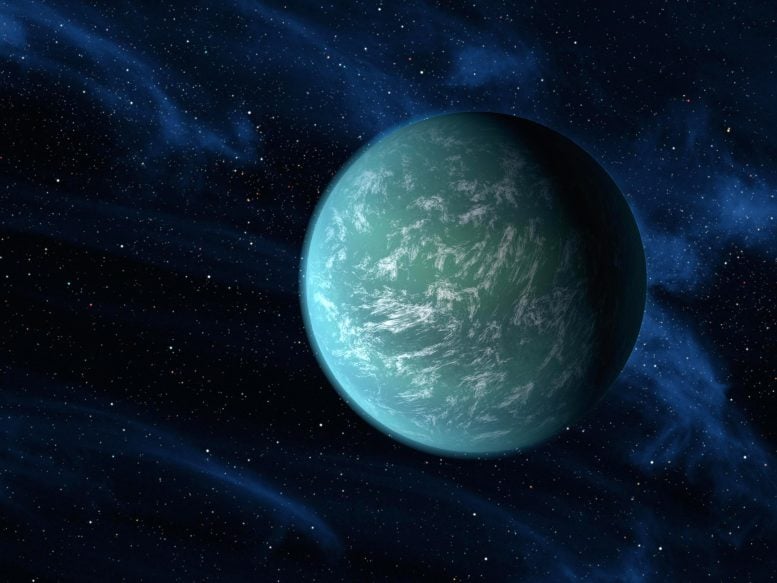
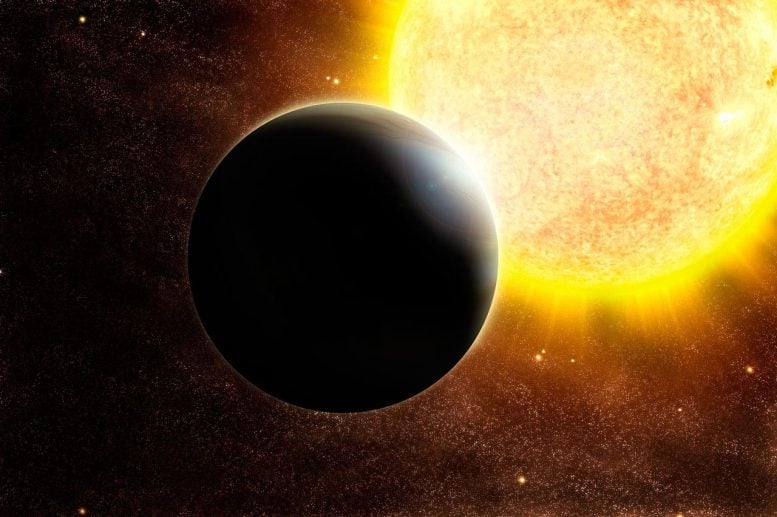
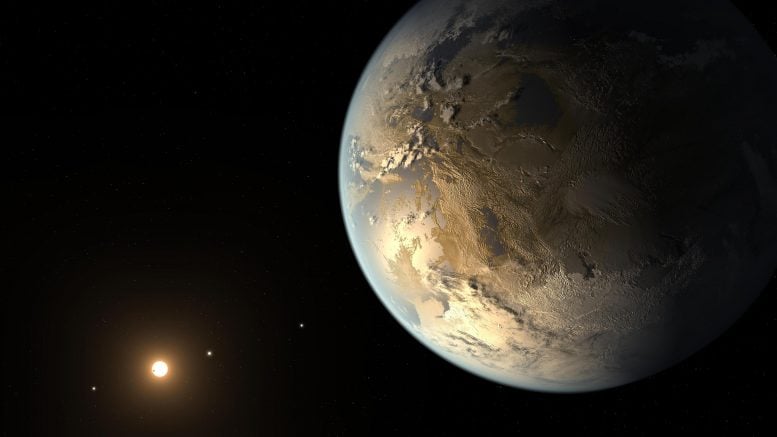
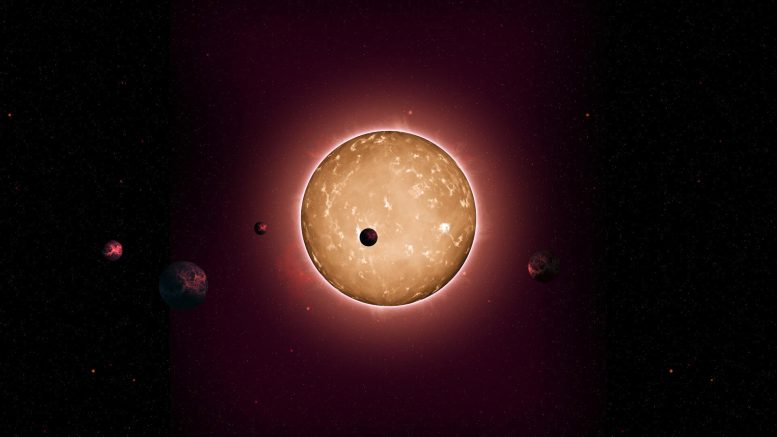
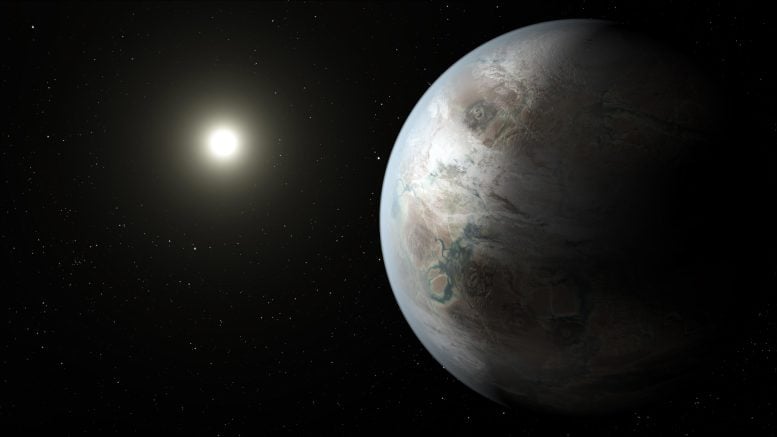
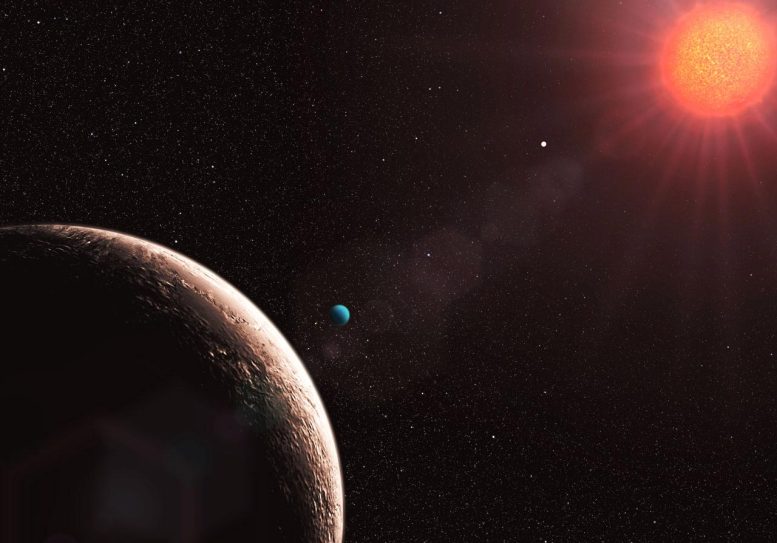
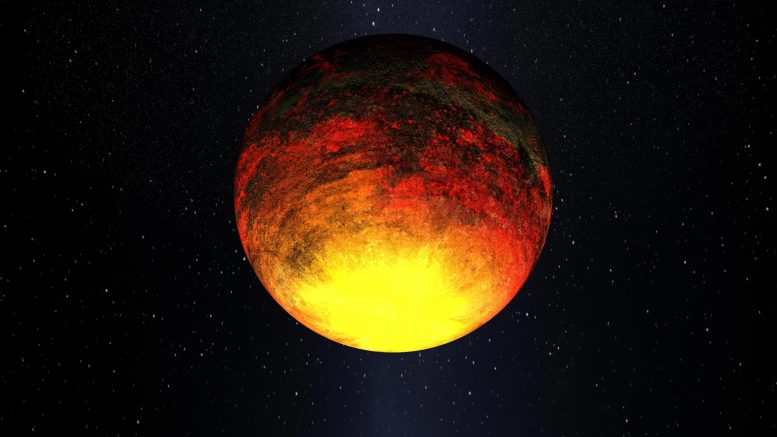
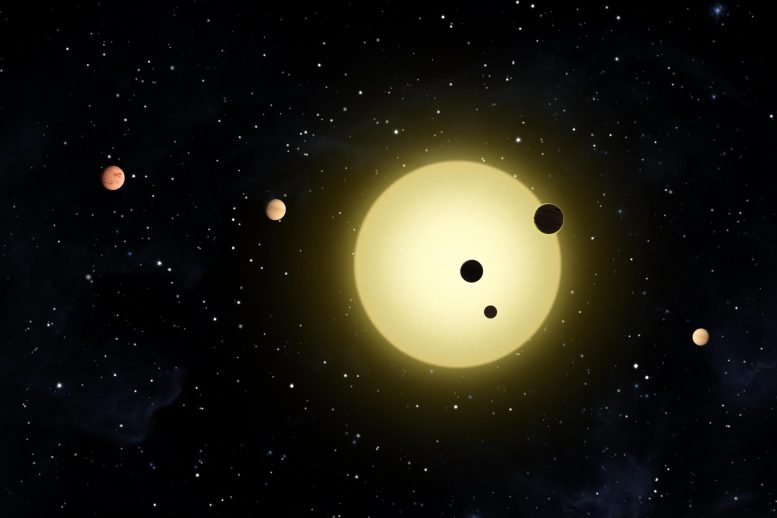
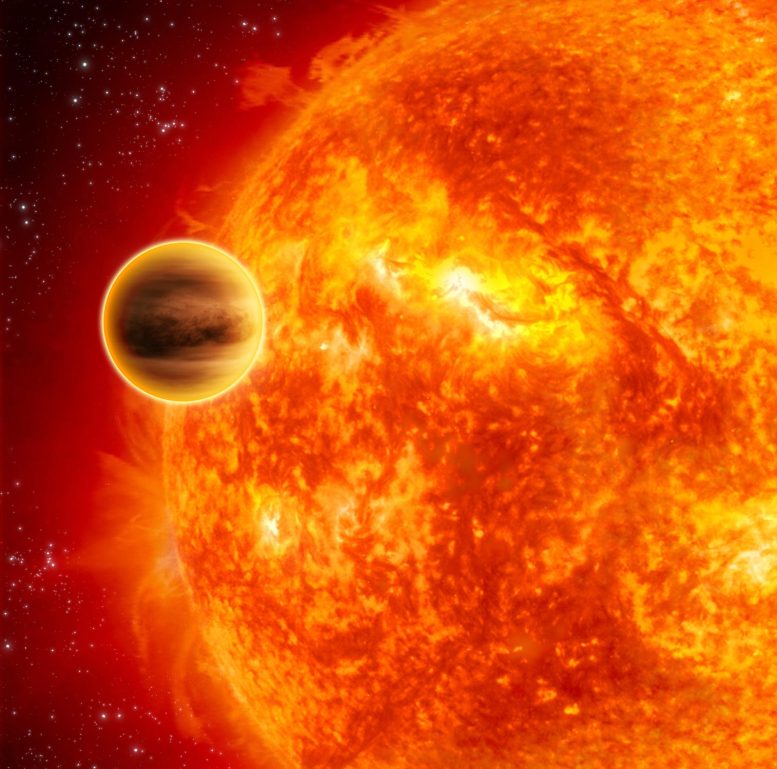
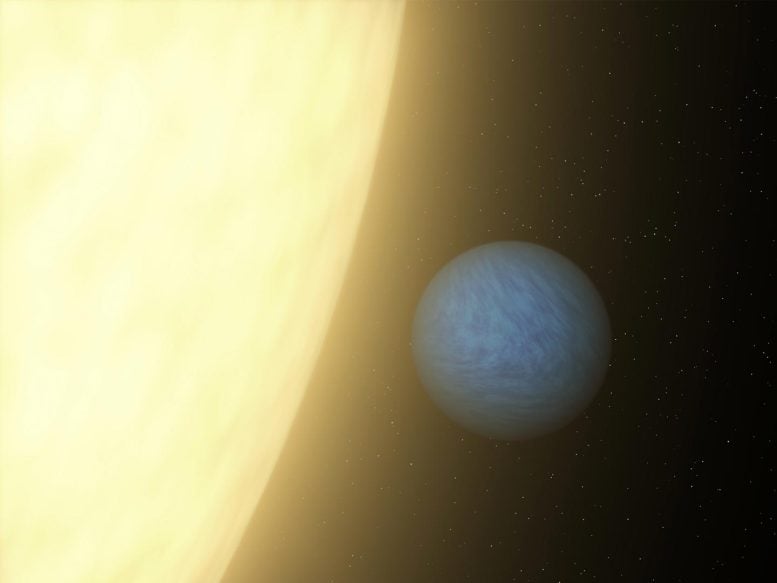
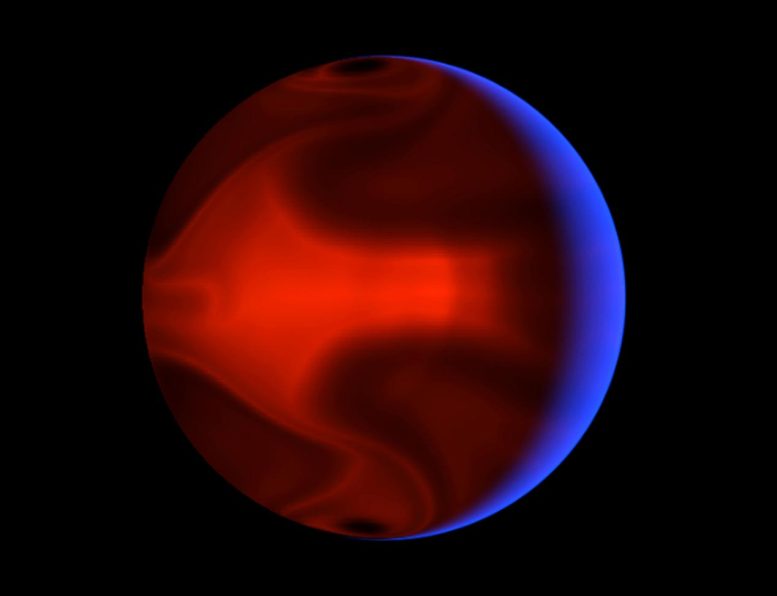
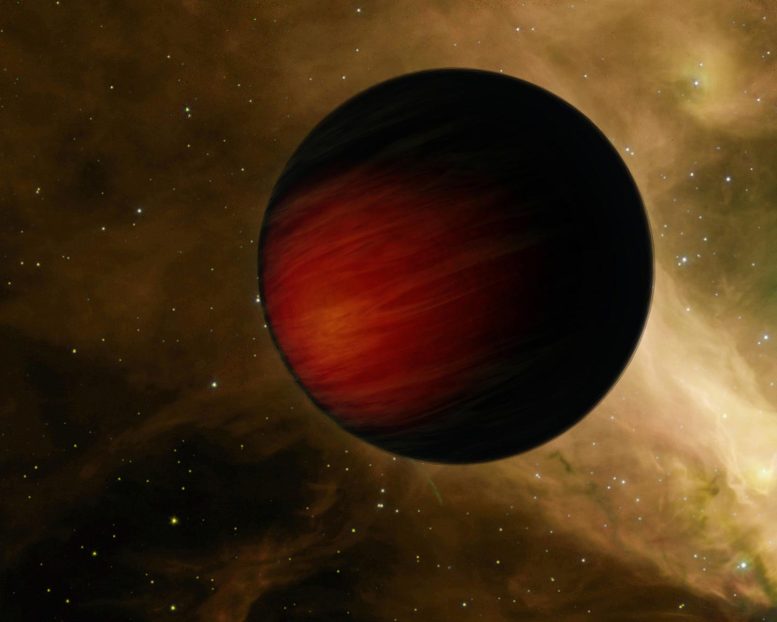
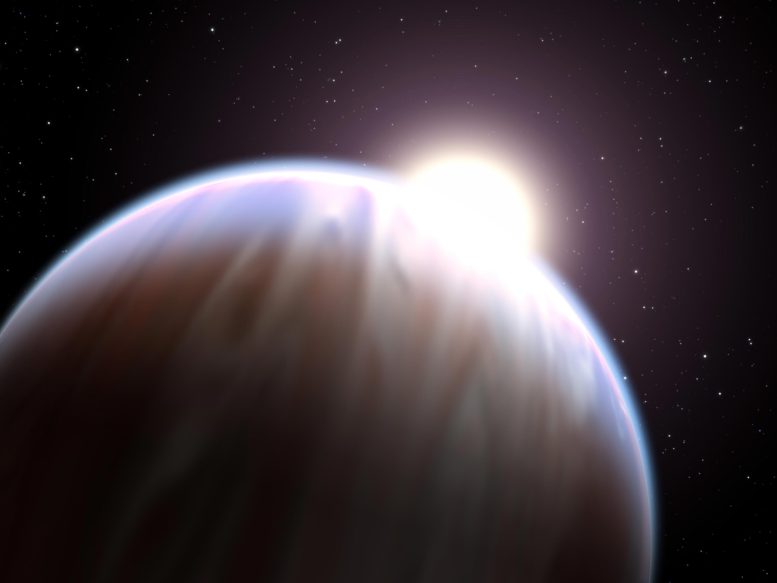
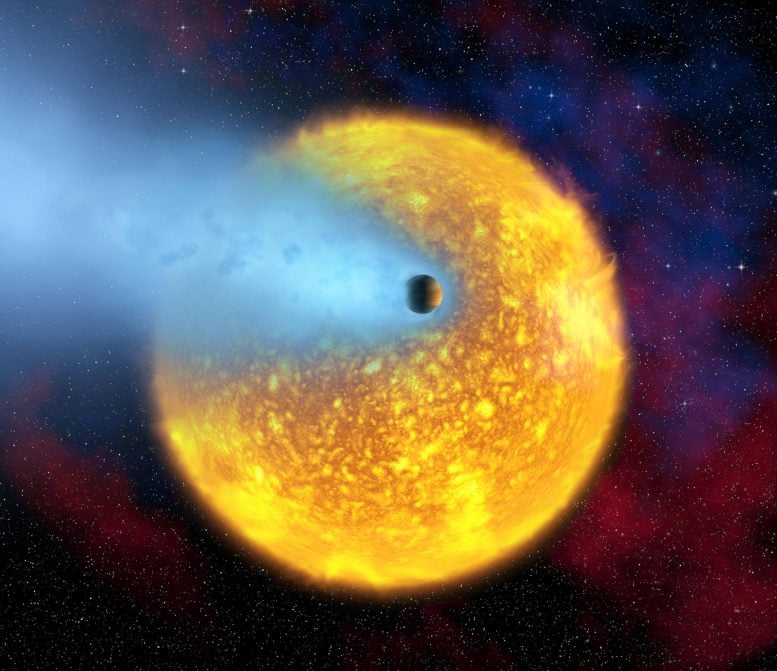
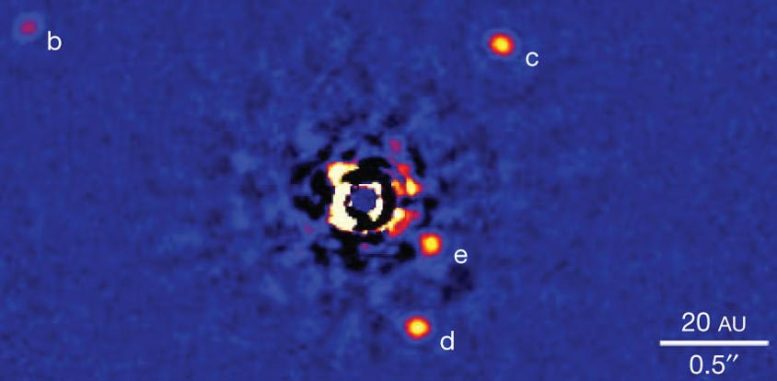
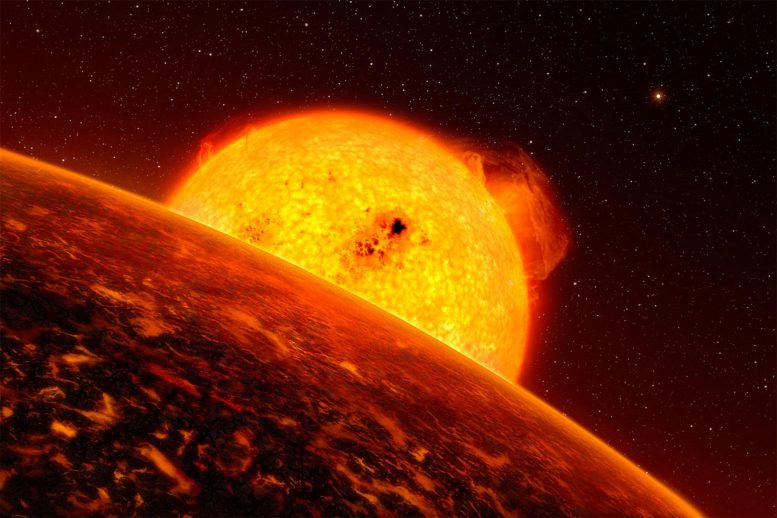
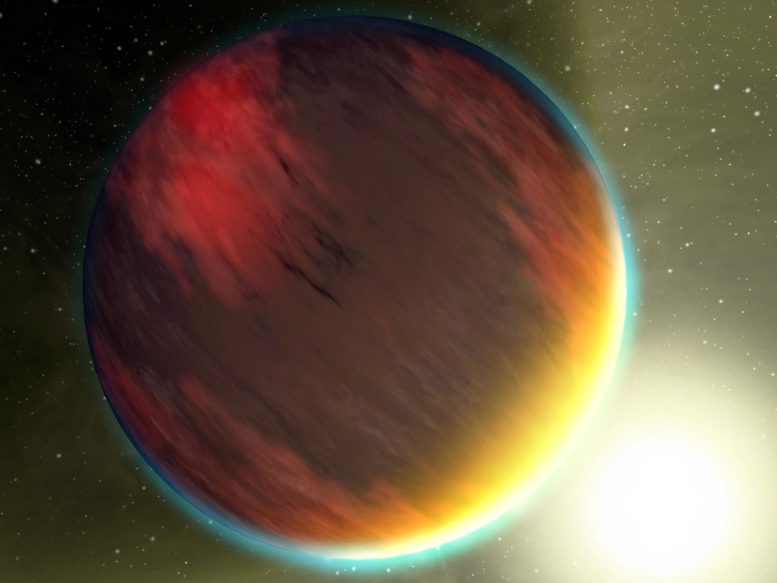
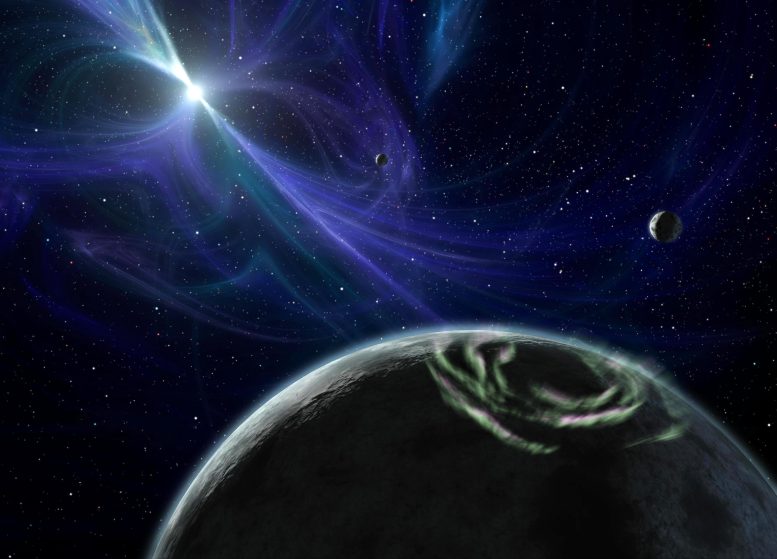
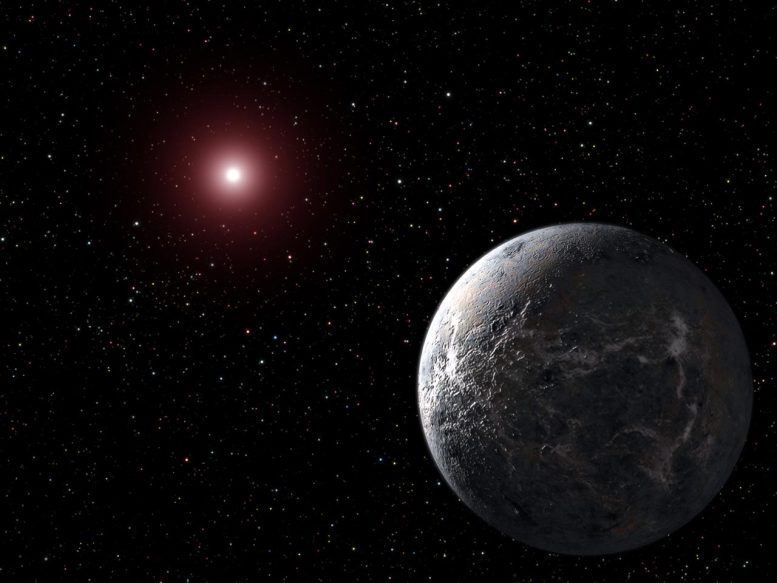


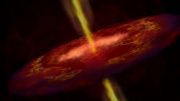

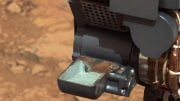
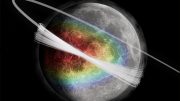
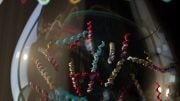

How is it that both OGLE-2005-BLG-390 and WASP-47 have the same caption text: “…only known hot Jupiter with close planetary companions”? They can’t both be the only one, unless the two designations refer to the same system.
Sorry, there was a typo…”OGLE-2005-BLG-390: Considered to be the first cold super Earth, this exoplanet began to form a Jupiter-like core of rock and ice, but couldn’t grow fast enough in size. Its final mass is five times that of Earth. The planet’s nickname is Hoth, after a planet from Star Wars. Credits: NASA, ESA and G. Bacon (STScI)” is the correct caption for OGLE-2005-BLG-390. It has since been corrected. Thanks-